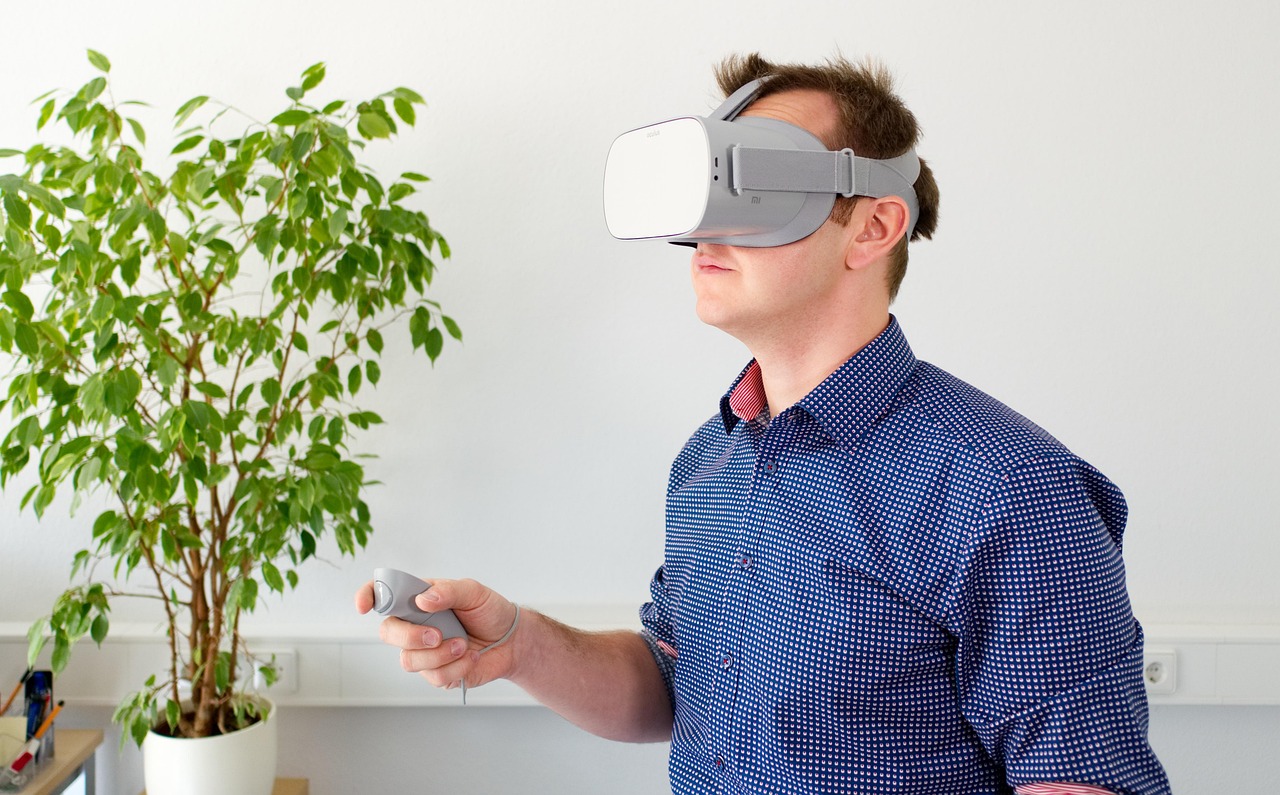Virtual Reality in Mental Health
Imagine stepping into a serene forest, feeling the cool breeze, and hearing the gentle rustle of leaves—all without leaving your living room. Virtual reality (VR) is no longer just for gaming. It's revolutionizing mental health care, offering immersive experiences that can alleviate anxiety, depression, and PTSD. But how did VR transition from entertainment to therapy, and what does the future hold?

Historical Context and Scientific Developments
Virtual reality has come a long way since its inception in the 1960s, when it was primarily used for military simulations and flight training. The technology has evolved dramatically, with VR headsets now capable of creating highly realistic environments. In the realm of mental health, VR began to gain traction in the late 1990s as therapists explored its potential for exposure therapy, particularly for phobias and PTSD. Today, VR is a valuable tool in the therapeutic arsenal, supported by a growing body of scientific research.
Current Trends and Insights
In recent years, VR has become increasingly popular in mental health care. The COVID-19 pandemic accelerated this trend, as therapists sought innovative ways to support clients remotely. VR offers a unique opportunity to create controlled, immersive environments that can enhance traditional therapy methods. For instance, VR can simulate anxiety-inducing situations in a safe space, allowing individuals to confront their fears and practice coping strategies. This approach is not only effective but also engaging, making therapy more accessible and appealing.
Benefits and Challenges
The benefits of VR in mental health care are manifold. It can provide immediate, measurable relief for conditions like PTSD, anxiety, and depression. VR offers a level of personalization that traditional therapy cannot, allowing therapists to tailor experiences to each client’s needs. However, challenges remain. The cost of VR equipment can be prohibitive for some, and there are concerns about the potential for addiction or over-reliance on virtual experiences. Additionally, not all individuals respond well to VR therapy, underscoring the need for further research and refinement.
Scientific Credibility and Research
Numerous studies have demonstrated the efficacy of VR in treating mental health conditions. A 2022 meta-analysis found that VR exposure therapy significantly reduced symptoms of PTSD and anxiety, with effects comparable to traditional exposure therapy. Moreover, VR has been shown to increase treatment adherence and engagement, as users often find the immersive experiences more enjoyable than conventional methods. As research continues to expand, VR’s role in mental health care is likely to grow, offering new possibilities for treatment and recovery.
Balancing Depth and Accessibility
While the potential of VR in mental health care is exciting, it’s essential to balance depth and accessibility. Not everyone has access to high-end VR equipment, and therapists must ensure that virtual experiences are integrated thoughtfully into broader treatment plans. As technology advances, it may become more affordable and accessible, potentially transforming mental health care on a global scale.
Practical Tips for Using VR in Mental Health
- Begin with short, guided VR sessions to gauge your comfort level.
- Use VR as a supplement to traditional therapy, not a replacement.
- Ensure the VR environment is safe and free from distractions.
- Monitor your mental health and take breaks if you feel overwhelmed.
- Work with a therapist experienced in VR therapy for personalized guidance.
In summary, virtual reality is a promising frontier in mental health care, offering innovative ways to support individuals in their therapeutic journeys. While challenges exist, the potential benefits are significant, making it a valuable tool in the ongoing quest to improve mental well-being. As technology continues to evolve, VR’s role in mental health care is set to expand, offering new possibilities for treatment and recovery.




